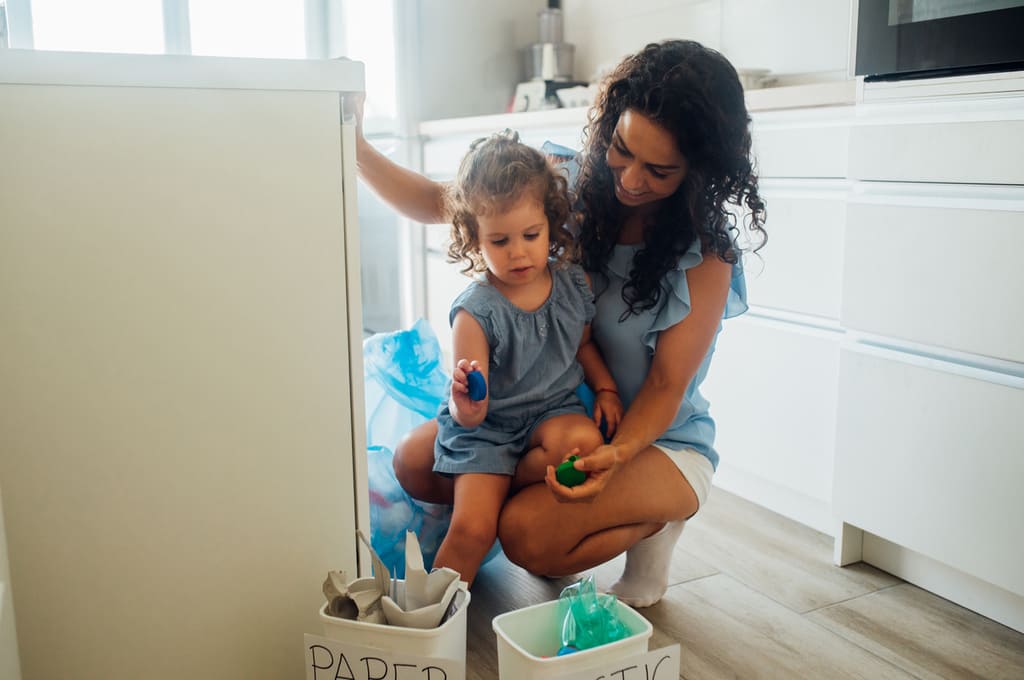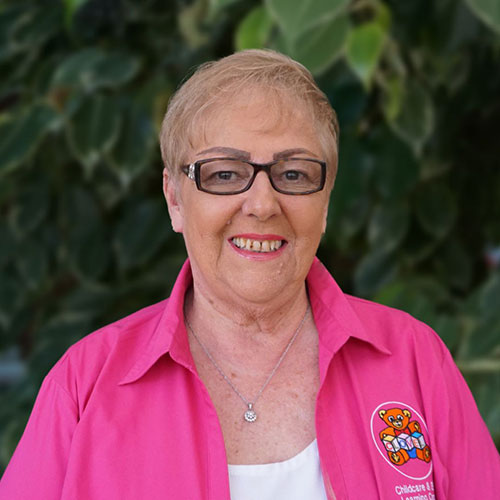Climate activist Greta Thunberg once said, “I have learned you are never too small to make a difference.” This is an important that concept that we, as parents and caregivers of preschoolers, can begin instilling in the children in our lives.
Teaching children that they have the power to make a real difference in the world around them empowers them to take on additional responsibilities and facilitates empathy. There are many ways that preschoolers can help care for the planet—like planting trees and turning off lights when leaving a room—but one of the easiest ways they can help is with garbage sorting at home.
While it may not sound glamorous, there is much to be learned by sorting the contents of a rubbish bin. Children can hone their sorting skills, dividing the contents into trash, recyclables, and compostable items while learning about the importance of taking the time to do so.
And that’s why we decided to dedicate today’s blog to garbage sorting and how to prepare your child for this planet-saving concept.
Begin with a Book
The concept of recycling can be challenging for younger children to grasp. Having a few books on hand will help your child understand what happens to the trash once it leaves your home and how recycling can help.
If you’re looking for a book that introduces the concept of caring for the planet, you won’t find a better option than The Lorax by Dr. Seuss. This story packs a surprisingly powerful punch as it follows the Lorax who tries to stop deforestation from taking place.
To help children understand what happens to trash once it leaves the home, read What A Waste: Rubbish, Recycling, and Protecting our Planet by Jess French. This book lays out the problems caused by our ever-growing landfills and highlights the ways in which children can help by promoting reuse, recycling, and composting.
Introducing these concepts through picture books helps your child grasp the magnitude of the problem and how they can be part of the solution. Don’t be surprised if they want to start garbage sorting right away.
Create a Recycling Game
Games are a great way to help children remember which items go in the trash, which can be recycled, and which are destined for the compost pile.
This recycling activity by Happy Hooligans includes free printables you can use to create labeled jars and picture pieces of different types of garbage. Children will have fun sorting the pieces into items that are recyclable, compostable, and trash.
Start Sorting in Your Own Home
The best place to start the sorting process is right in your own home. You may already have a regular trash bin and a recycling bin in your home. Adding a compost canister will give you a place to store food scraps and items that can be added to your compost pile.
You may start by going through your trash bin together to see if there is anything inside that belongs in one of the other bins. Once your child understands what goes where, they can then place items in the appropriate bin moving forward. Your child can be responsible for then dumping the recycling into the larger outdoor bin (if you have one) and dumping the compost container onto your pile at the end of each day. This site is a great resource for those interested in starting an outdoor compost pile. If you don’t have the space for an outdoor compost pile, you can still show your child the magic of transforming food scraps into soil by creating a homemade composter on a smaller scale.
Take a Tour
Many recycling centers offer tours to explain their process to the public. Consider booking a tour for your child and their friends so they can see exactly what goes at a recycling plant.
Take a Hike
Preschoolers love scavenger hunts, so why not take them on one that focuses on recycling? Head to your local park or beach and, as you hike, keep an eye out for wrappers, food items, and cans that have been left outdoors.
Scavenger hunts are always more fun with a printable sheet to check off. We love this set from Hands on Learning with Life. We love that they offer a word list and a picture option for eco-warriors who aren’t yet reading.
Once your scavenger hunt is complete, take the findings and sort them at home into your own bins.
There really is no such thing as too young when it comes to caring for the world in which we live. By broaching the subject now, children will enter school with a firm grasp on the importance of keeping our planet healthy and well, and they’ll be able to share with friends that they, too, have the power to make a real difference.












